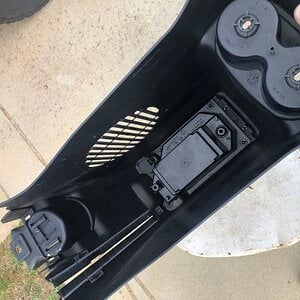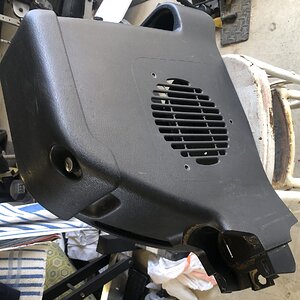Mast0rMason_
Junior Member
I know how to set the gain with a multimeter, but is there a reason why all eq and extras should be flat? If I set the gain and then play with the EQ a it will that not send the amp into clipping or something?
Thank you!
Thank you!


